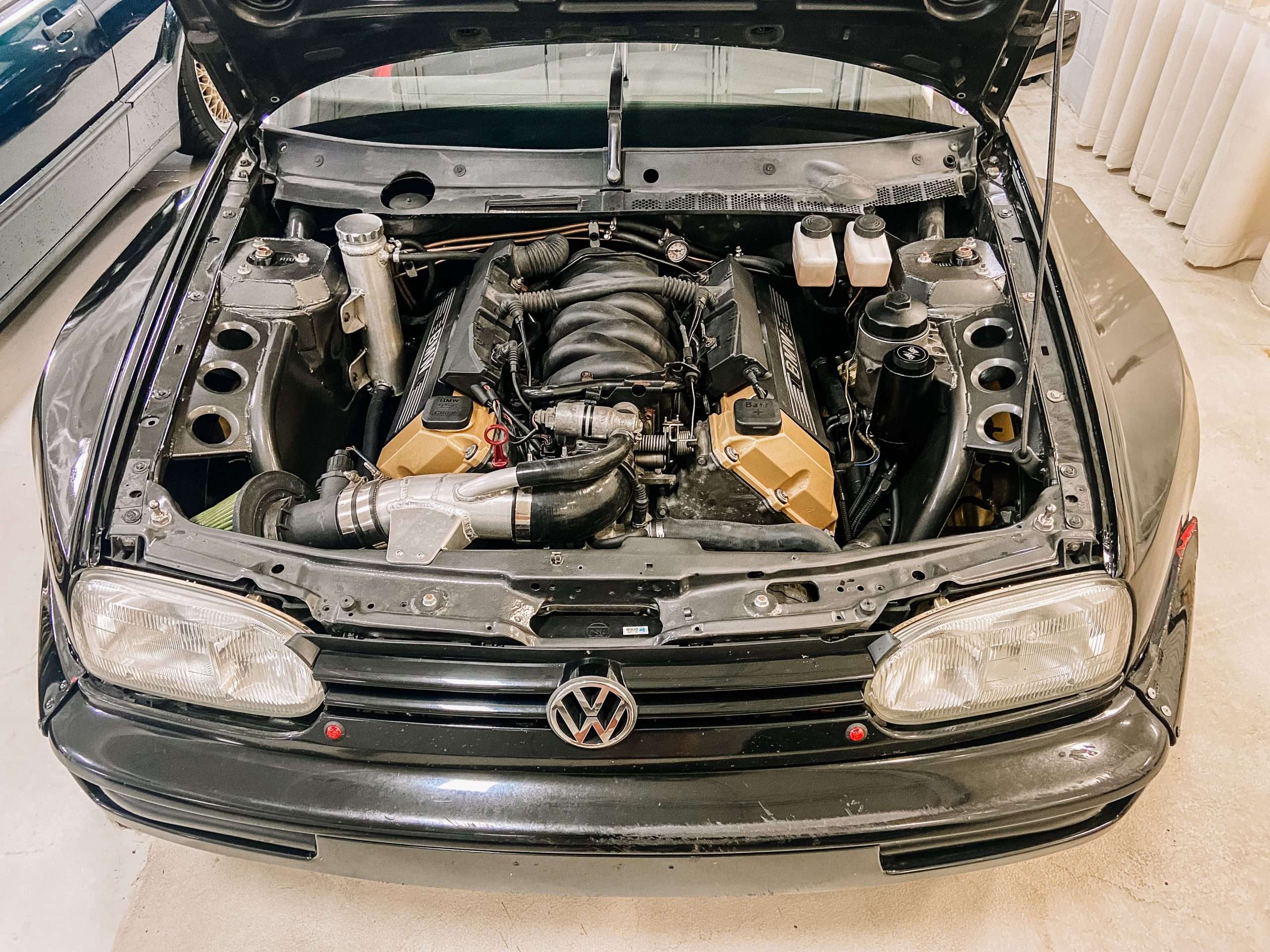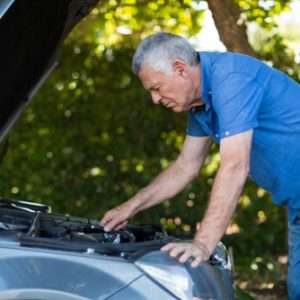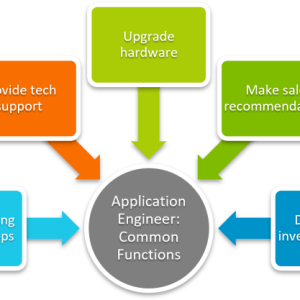What is an Engine Swap?
An engine swap involves replacing a car’s original engine with a different one. This is often done to increase performance. Sometimes it’s done to replace a damaged engine. It’s a complex process. It requires significant mechanical knowledge.
It can dramatically change a vehicle’s characteristics. Consider the implications carefully.
Why Buy an Engine Swapped Car?
There are several reasons someone might consider buying a car with a swapped engine. Increased horsepower is a common motivation. Improved reliability can also be a factor, especially if the original engine was prone to issues. Sometimes, it’s simply about creating a unique and personalized vehicle.
However, be aware of potential drawbacks. These include increased maintenance costs. Also, potential legal issues can arise.
Things to Consider Before Buying
Before you commit to buying an engine-swapped car, there are several crucial factors to evaluate. Thorough inspection is paramount. Verify the quality of the work. Ensure the swap was performed correctly.
Legality and Registration
Check local laws and regulations regarding engine swaps. Some areas require inspections or certifications. Make sure the car can be legally registered and insured with the new engine.
Mechanical Inspection
Have a qualified mechanic inspect the car. They can assess the quality of the swap. They can identify potential problems. Look for issues such as:
- Poor wiring
- Improperly installed components
- Leaks
- Cooling system issues
Documentation
Request all documentation related to the engine swap. This includes receipts for parts and labor. Also, ask for any dyno sheets or performance data. This information can help you assess the engine’s condition and performance.
FAQ: Engine Swapped Cars
Q: Is it difficult to insure an engine swapped car?
It can be more challenging. Some insurance companies may be hesitant to insure a modified vehicle. Shop around for insurers who specialize in modified cars. Be prepared to provide detailed information about the swap.
Q: Will an engine swap affect the car’s resale value?
It depends. A well-executed swap with quality components can increase value for the right buyer. A poorly done swap can significantly decrease value. Document everything to help justify the value.
Q: What are the common problems with engine swapped cars?
Common issues include electrical problems, cooling system inefficiencies, and drivetrain compatibility issues. Proper planning and execution are crucial to avoid these problems.
Buying an engine-swapped car can be an exciting prospect. It offers the potential for increased performance and a unique driving experience. However, it’s essential to proceed with caution. Thorough research and inspection are crucial. Understand the potential risks and rewards before making a purchase. Good luck!
Key improvements and explanations:
My Engine Swap Adventure: A Cautionary Tale (and a Success!)
I’ve been there, done that, got the greasy t-shirt. I bought an engine-swapped ’92 Honda Civic about five years ago. It was advertised as a “sleeper” – unassuming on the outside, but packing a B18C1 from an Integra Type R under the hood. The price was tempting, almost too good to be true. Red flag number one, which I promptly ignored in my youthful exuberance.
The Initial Thrill
The first few weeks were amazing. The power was intoxicating. The VTEC crossover was addictive. I was buzzing around town, feeling like I was driving a rocket ship compared to my previous econobox. I even took it to a local autocross event and surprised a few people.
The Reality Check
Then, the problems started. First, the wiring harness started acting up. The previous owner had clearly cut corners, using electrical tape instead of proper connectors. I spent hours tracing wires, soldering connections, and cursing under my breath. Then, the cooling system started overheating. Turns out, the radiator wasn’t properly sized for the increased horsepower. I had to replace it with a larger, aftermarket unit.
The Legal Nightmare
And then came the biggest headache: registration. I live in California, which has strict smog laws. The engine swap wasn’t CARB (California Air Resources Board) certified. This meant I couldn’t legally register the car. I spent months trying to get it certified, jumping through hoops, and ultimately failing. I ended up having to sell the car out of state, taking a significant loss.
The Redemption
Despite the initial disaster, I learned a valuable lesson. I wasn’t deterred from engine swaps. I just approached it differently the next time. I saved up, did my research, and bought a project car that I could swap myself. I chose a ’67 Mustang and a modern Coyote engine. This time, I did everything by the book. I used quality parts, followed proper procedures, and documented everything meticulously. It took me over a year, but the result was a reliable, powerful, and legally registered classic that I’m incredibly proud of.
What I Learned:
- Research is Key: Understand the engine, the car, and the compatibility issues.
- Quality Matters: Don’t cheap out on parts. It will cost you more in the long run.
- Documentation is Essential: Keep records of everything you do.
- Patience is a Virtue: Don’t rush the process. Take your time and do it right.
While my first experience was a rollercoaster of frustration and financial loss, it ultimately led me to a deeper understanding of cars and a rewarding DIY project. I wouldn’t trade the experience, even the painful parts, for anything. Just remember to learn from my mistakes!





